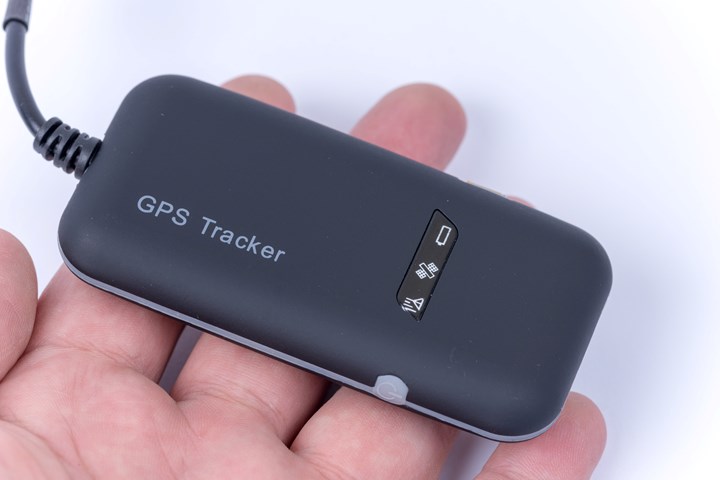SABIC highlights a new glass fiber reinforced LNP Thermocomp
WF006V compound, which is ideal for laser direct structuring (LDS) antennas integrated into housings and covers of consumer electronics devices, appliances and other electronic components.

This new material can help customers adopt LDS antennas to replace existing options such as flexible printed circuit (FPC) antennas, allowing customers to create complex and miniaturized designs, accelerate production and reduce system costs.
LNP Thermocomp WF006V reportedly has a higher tensile modulus than unfilled polybutylene terephthalate (PBT) or polycarbonate (PC)
The resin is more than twice as high and can be used to mold small, thin-walled parts. It also provides good surface quality to meet aesthetic requirements and provides excellent signal gain and LDS performance. In addition, fiberglass-reinforced grades offer greater chemical resistance, hydrolytic stability and lower warpage than conventional materials.
Joshua, Business Management Director, SABIC LNP and Noryl Specialty Materials
“Antennas are an important component of wireless connectivity applications such as smartphones, smart home appliances and GPS trackers,” said Chiaw. “LDS has become a key enabling technology for these antennas. Our new LNP
Thermocomp materials can help customers optimize the design, production cycle time and appearance of LDS integrated antennas in a growing number of applications. ”
The LDS process allows the antenna design to be transferred directly onto the 3D surface of the part molded from a polymer with a unique additive chemistry.
After laser activation patterning and electroless plating, the antenna is connected to the circuit. The technology enables part integration, minimizing space requirements, simplifying prototyping and enabling cost-effective mass production.
SABIC said its LNP Thermocomp
The WF006V compound solves the challenges of existing materials and has the potential to avoid lost yield, rework and subsequent additional costs. The chemicals used in the electroless plating process can corrode some fiberglass reinforcements, causing the fibers to migrate to the outside of the part, affecting the surface finish. Other materials may deform due to their anisotropic properties. Another challenge is that some resins are excessively hygroscopic, which can lead to poor dielectric stability.
SABIC’s compound overcomes all these issues with high chemical resistance, low warpage and low moisture absorption. The material also has good impact resistance and laser weldability.


